Drawing transcends the mere act of putting pencil to paper; it is an immersive experience that ignites the senses and awakens the soul. It offers a unique blend of pleasure and fulfillment, allowing artists to channel their innermost thoughts and emotions onto the canvas. Moreover, drawing serves as a foundational skill that extends its influence across a multitude of artistic endeavors. From painting to sculpture, graphic design to animation, the principles and techniques honed through drawing permeate every facet of artistic expression.
Regardless of where you stand on your artistic journey – whether you’re a novice tentatively exploring the realm of creativity or a seasoned artist seeking to refine your craft – these simple yet powerful tips serve as guiding lights illuminating the path to artistic excellence. They are not merely instructions, but invitations to unlock the full potential of your imagination and breathe life into your creations. With dedication and practice, you will discover new depths within your artistic abilities, propelling you ever closer to mastery and fulfillment. Here are 10 tips to improve your drawing skills.
Contents
1. Practice Consistently

Regular practice is like watering a plant; it nurtures growth. Drawing daily, even for just a few minutes, not only hones your skills but also instills discipline. Whether it’s a detailed portrait or a simple doodle, each stroke contributes to your improvement. So, pick up that pencil and sketch away!
2. Embrace Tracing
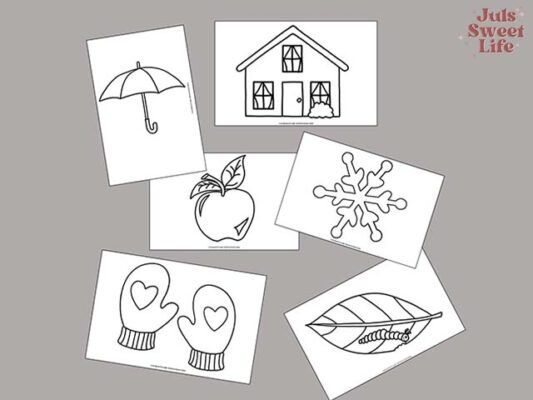
Tracing isn’t about copying; it’s about understanding. It’s a stepping stone toward mastering proportions and perspectives. By tracing over reference images, you train your hand to replicate shapes and lines accurately. Think of it as a warm-up before diving into the main workout of drawing from scratch.
3. Study Edges and Space

Drawing is as much about what you see as it is about what you don’t see. Paying attention to edges and negative space sharpens your observational skills. Notice how objects relate to each other and the space around them. This awareness adds depth and realism to your artwork.
4. Work with Light and Shadow
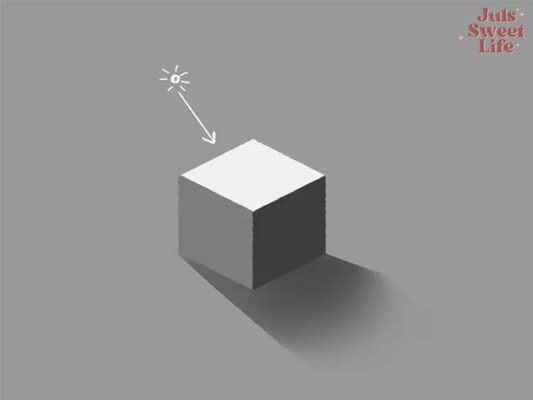
Shadows aren’t just the absence of light; they define form and depth. Understanding light and shadow transforms flat drawings into three-dimensional renderings. Experiment with different light sources and observe how they cast shadows. Mastering shading techniques breathes life into your creations.
5. Learn Proportions and Perspective
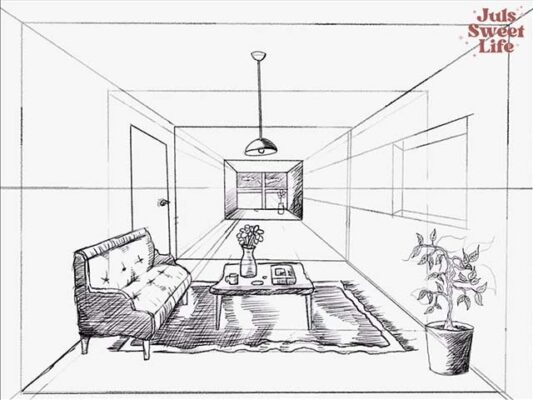
Like the foundation of a building, proportions and perspective form the basis of a drawing. Study anatomy to grasp the underlying structure of living beings. Practice drawing from various viewpoints to create depth and believability. Solidify these fundamentals, and your art will stand tall and strong.
6. Draw by Shape
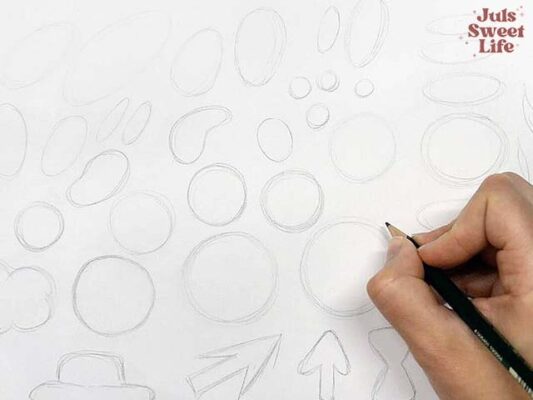
Break down complex subjects into their basic building blocks. Shapes serve as your guide, helping you capture the essence of an object. Whether it’s a sphere, cube, or cylinder, start with simple shapes and gradually refine them. This approach simplifies the drawing process, making it less daunting and more manageable.
7. Observe Silhouettes
Silhouettes are like blueprints; they outline the essence of an object. By focusing on silhouettes, you grasp the overall structure and composition. Practice identifying and sketching silhouettes to strengthen your visual storytelling. A well-defined silhouette lays the foundation for a captivating artwork.
8. Use Grids for Accuracy
Grids act as your compass, guiding you through the vast landscape of a drawing. They help maintain proportions and ensure accuracy when transferring details from references. Think of grids as your faithful assistants, lending a hand in achieving precision and consistency.
9. Experiment with Different Brushes and Tools
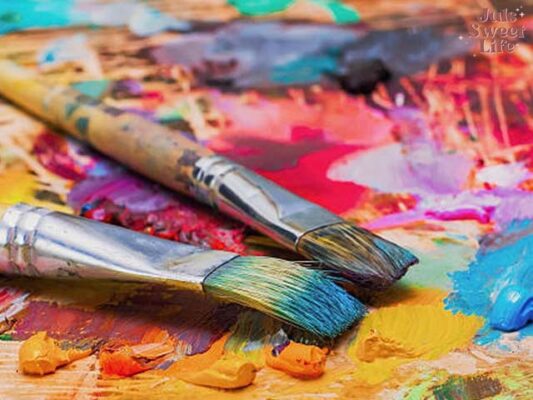
Just as a chef experiments with different spices, an artist explores various drawing tools. From graphite pencils to digital brushes, each tool offers a unique flavor to your artwork. Embrace experimentation and discover which tools resonate with your style. The right tool can elevate your art from good to extraordinary.
10. Set a Timer and Draw Freely

Time is both a constraint and a catalyst for creativity. Setting a timer adds a sense of urgency, pushing you to unleash your imagination without inhibition. Embrace imperfection and let your ideas flow freely onto the canvas. Remember, the journey matters as much as the destination. So, set the timer, and let the magic happen.
In conclusion, these ten simple tips serve as the cornerstone for anyone looking to embark on a journey of artistic growth and self-discovery. Whether you’re a budding artist finding your footing or a seasoned creator aiming to refine your skills, the principles outlined here provide a solid foundation upon which to build. Remember, improvement in drawing, like any other skill, is a gradual process that requires patience, dedication, and perseverance.
As you incorporate these tips into your daily practice, embrace each stroke of the pencil as an opportunity for growth. Celebrate your progress, learn from your mistakes, and never underestimate the power of experimentation. Let your imagination run wild, and don’t be afraid to push the boundaries of your creativity.
Above all, cherish the joy of creation and the satisfaction that comes from expressing yourself through art. Whether you’re sketching in solitude or sharing your work with the world, remember that every drawing is a reflection of your unique perspective and innermost thoughts.
So, go forth with confidence, armed with these invaluable insights, and continue to explore the boundless possibilities that drawing has to offer. With passion as your compass and these tips as your guide, may your artistic journey be filled with inspiration, growth, and endless creativity. Happy drawing!
Related Posts
- Discovering Free Fonts for Commercial Use
- Best 10 Outdoor Fonts for Nature-friendly Projects
- Embracing Diversity as Readers Unite on National Reading Day







